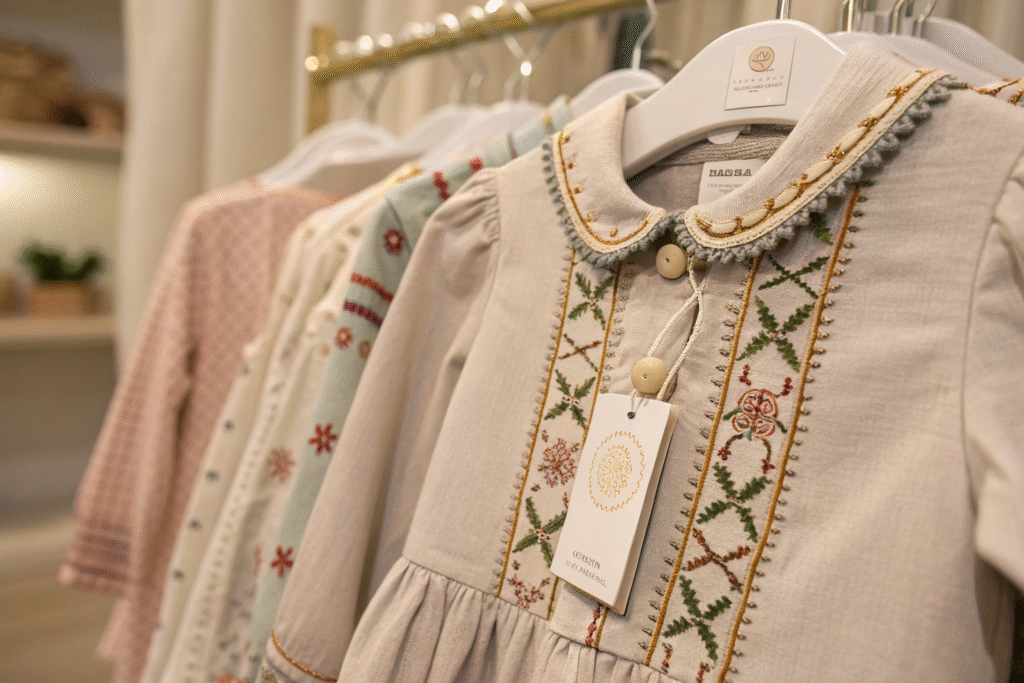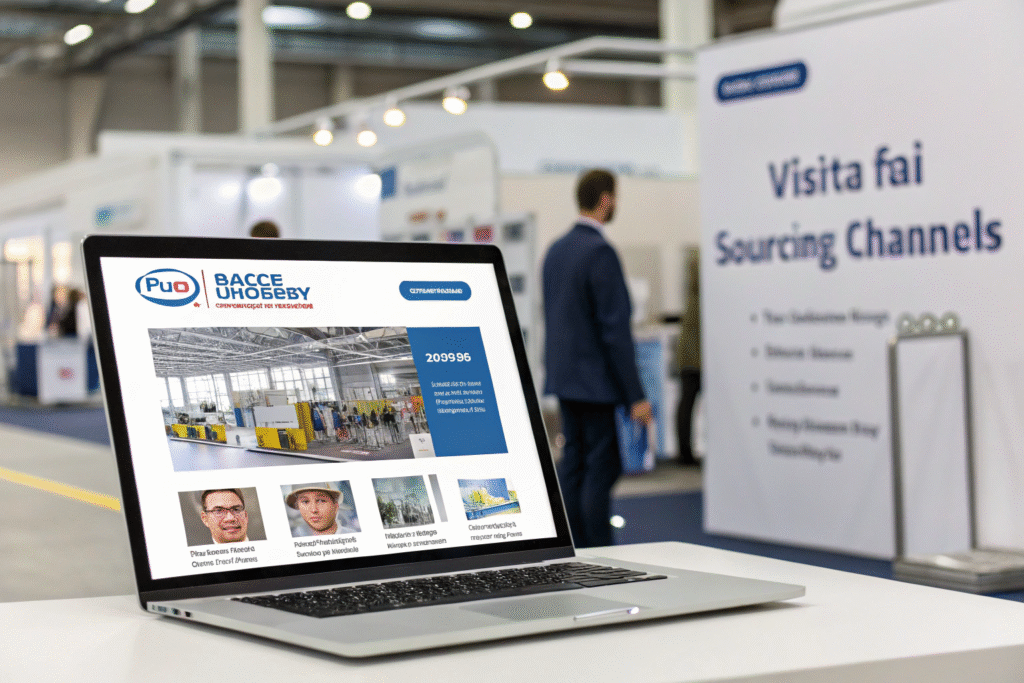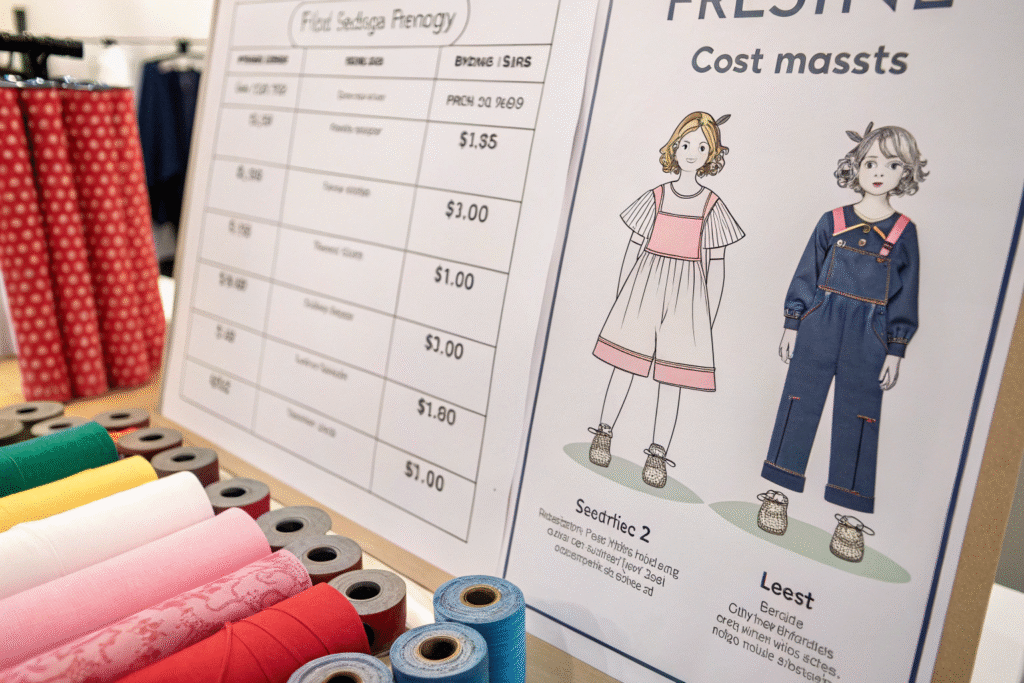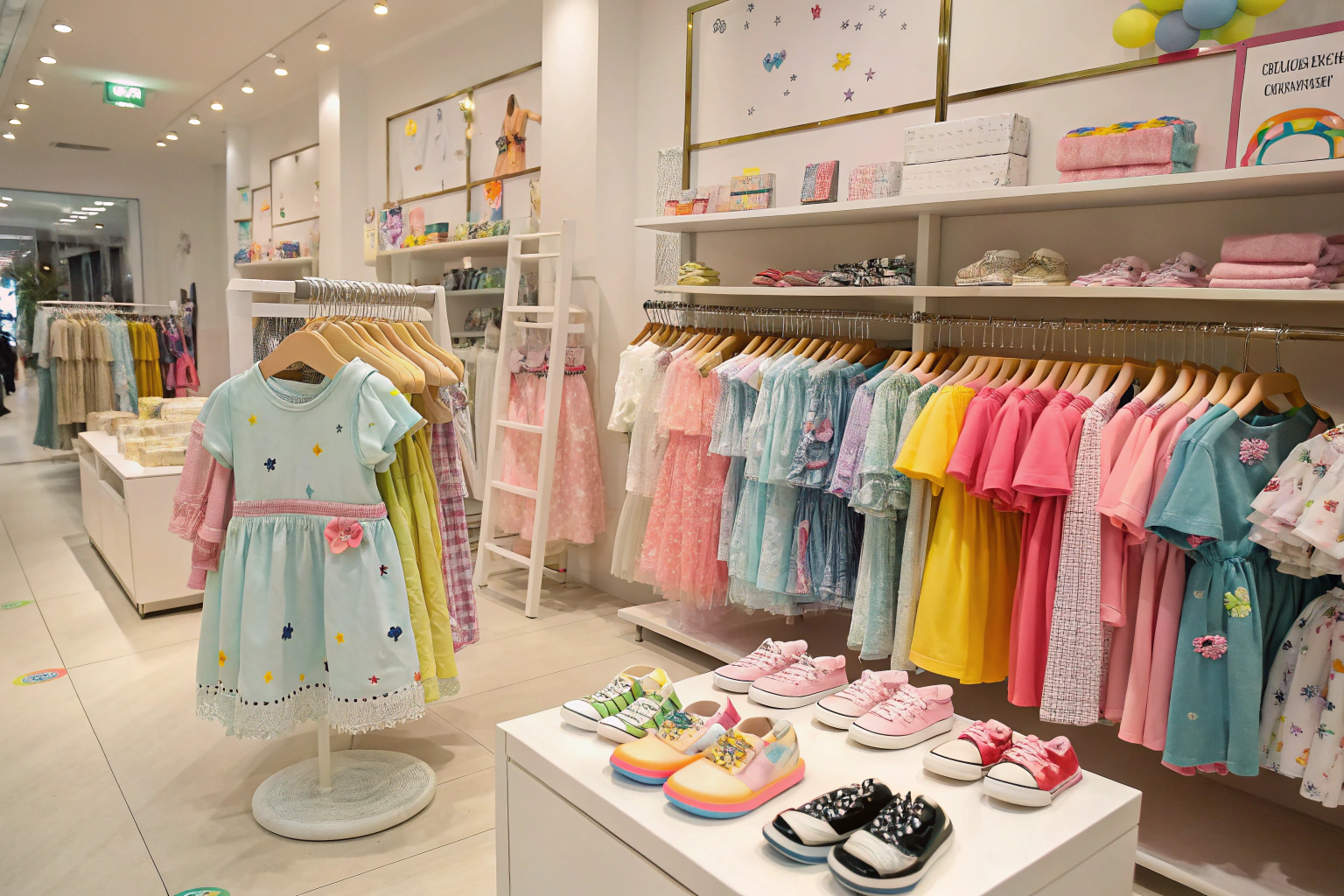Breaking into the children’s fashion market is thrilling—but sourcing the right wholesale supplier for boutique-level kidswear is what separates brands that flourish from those that flop. Growing labels need something bigger manufacturers often don’t offer: flexibility, attention to detail, and designs that feel rare, not mass-produced.
This guide shows how boutique baby and kids clothing brands can find the right wholesale suppliers—those who offer low MOQ, consistent quality, ethical production, and custom design capabilities.
Whether you're a niche e-commerce brand or a family-run clothing label looking to scale, sourcing smart is your key to building a loyal customer base.
What Makes Boutique Kidswear Different from Mass Retail?
Boutique children’s clothing isn’t about fast fashion. It’s about intentional design, soft textures, and customer connection.
Boutique kidswear emphasizes limited runs, unique styles, elevated fabrics, and strong storytelling. Buyers seek standout items, not generic prints or overused designs.

Why Do Small Batches Matter for Boutique Labels?
Parents who shop boutique expect variety, not repetition. That means fast rotation, limited-edition styles, and mood-driven collections. Sourcing from a supplier who can handle low MOQs lets you test trends, minimize deadstock, and maintain your brand’s fresh appeal.
How Are Fabrics and Prints Selected Differently?
Boutique brands often use organic muslin, bamboo knits, waffle textures, or French terry to evoke softness and elegance. Instead of mass market patterns, they go for watercolor prints, Scandi-style neutrals, or culturally inspired motifs, often in muted or seasonal palettes.
Where to Find Wholesale Suppliers for Boutique Kids Brands?
Finding a reliable supplier is the backbone of your boutique clothing business.
Today’s top sourcing channels include online B2B platforms, children’s fashion trade shows, Google deep searches, and referrals from industry networks. Each channel has its strengths and weaknesses.

What B2B Platforms Are Best for Boutique Sourcing?
Websites like Alibaba, Faire, and Handshake offer searchable vendor databases with product images, MOQ policies, and certifications. But vetting thoroughly is essential—read reviews, ask for test samples, and confirm customization limits.
Are Trade Shows Worth Attending?
Absolutely. Trade shows like Playtime Paris or Children's Club NYC provide face-to-face access to niche-focused suppliers and creative studios. You get to touch samples, negotiate in real time, and assess professionalism on the spot.
What Should Boutique Buyers Look for in a Manufacturer?
Beyond low MOQs, boutique buyers need a supplier who understands nuance and aesthetics—not just numbers.
Look for a factory that supports flexible production, accepts your tech packs, advises on sizing and fit, and offers visual sample approval before bulk. Aesthetic alignment is just as important as cost alignment.

Can Boutique Brands Request Full Customization?
Yes. Ask if the supplier allows Pantone-matched dyeing, custom trims, neck labels, packaging, and size grading based on your market. Factories like Fumao Clothing offer full-stack customization, even in small runs, for baby and kids garments.
What Communication Red Flags Should You Avoid?
Unclear timelines, evasive answers about fabric origin, reluctance to show factory images, or poor English often mean trouble. A good supplier will offer video calls, share sample tracking updates, and confirm your order details in writing before production.
How Do You Manage Cost Without Compromising Quality?
Boutique buyers operate on tight budgets—but that doesn’t mean they should sacrifice quality or ethics.
Control cost through smart design planning, using core silhouettes, choosing efficient fabrics, and consolidating logistics. Build a pricing structure that protects both margin and product integrity.

What Cost Strategies Work for Growing Labels?
Use “hero” styles—proven bestsellers you repeat with slight updates. Stick to similar base fabrics across SKUs for better sourcing rates. Select one factory to handle design + production + packing to avoid inflated third-party fees.
Can DDP or Consolidated Freight Save Costs?
Yes. Factories that offer DDP shipping bundle logistics and customs into one cost, giving you clarity upfront. For growing brands with repeat orders, ask about freight consolidation from the same region to save up to 25% on shipping.
Conclusion
Building a boutique kidswear brand is about heart, but also about smart sourcing. You need a factory that treats your vision with care, offers flexible production, and never compromises on safety or detail.
At Fumao Clothing, we help growing labels across the US and Europe launch standout children’s collections—customized, ethical, and scalable. If you’re ready to level up your boutique brand, we’re here to make that journey smooth, stylish, and successful.










